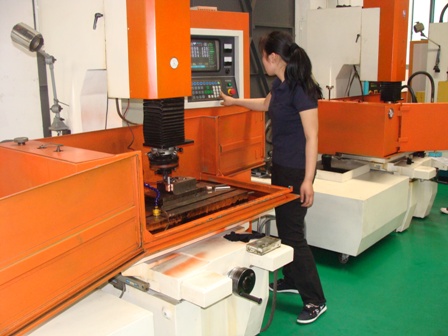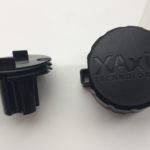Injection Molding: Unlocking Limitless Possibilities
The Injection Molding Process
Injection moulding involves a repetitive process where materials, typically plastic granules or powders, are melted and injected into a steel mold under high pressure. This process is highly efficient, allowing for the economical series and mass production of parts with tight tolerances and minimal post-processing. The process includes stages such as:
Plastication: Melting and homogenizing the polymer in the injection unit.
Injection: Filling the mould with the molten polymer.
Packing and Cooling: Compensating for material shrinkage during cooling and solidifying the part within the mould.
Ejection: Removing the solidified part from the mould, making the process ready to start anew.
The injection moulding machines consist of several key components including the injection unit for melting and metering the material, the clamp unit for holding the moulds securely, and control units for precision in process parameters.
Comparison with Other Molding Methods:
Injection molding is compared with other methods such as extrusion, compression moulding, blow moulding, and film blowing, each suited to different types of products and materials. For instance:
Extrusion: Used for creating profiles and sheets.
Blow Moulding: Produces hollow products like bottles.Compression Moulding: Suitable for thick-walled parts.
Film Blowing: Targets production of thin films like carrier bags.
Each method has its specific advantages, applications, and material requirements, influenced by factors such as viscosity, processing temperatures, and material types (e.g., thermoplastics, thermosets).
4. Innovating for Tomorrow
As the world continues to evolve, so too does the injection molding industry. To maintain its competitive edge against low-cost production regions like China, India, and Eastern Europe, the industry has embraced innovation, shifting towards more technically complex products and advanced processing techniques. This adaptability ensures that injection molding remains at the forefront of manufacturing excellence.
Dive Deeper
This overview merely scratches the surface of the fascinating world of injection molding. For those seeking a deeper understanding, we recommend exploring the following resources, which have made significant contributions to the field and offer a wealth of knowledge for the curious mind.
V. Goodship, Introduction to Plastics Recycling, Rapra Technology Limited, UK, 2001
W. Michaeli, Plastics Processing: An Introduction, Carl Hanser Verlag, Germany, 1995.
C. Rauwendaal, Polymer Extrusion, 3rd Edition, Carl Hanser Verlag, Germany, 1994
D.V. Rosato and D.V. Rosato (Eds.), Blow Molding Handbook, Carl Hanser Verlag, Germany, 1989.
J.F. Stevenson (Ed.), Innovations in Polymer Processing: Molding, Carl Hanser Verlag, Germany, 1996.





